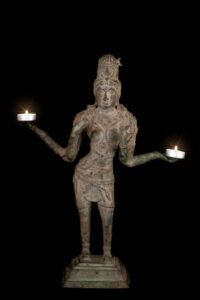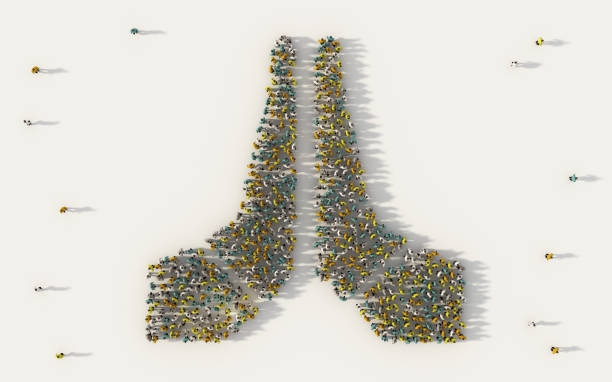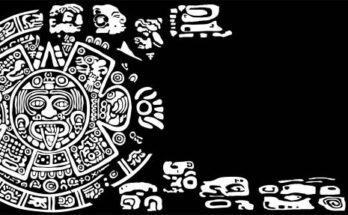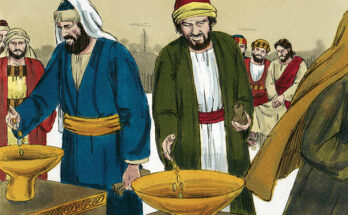Religions and demographic processes are intertwined aspects of human civilization, shaping societies, cultures, and individual lives. The relationship between these two forces is complex and multifaceted, with religion influencing demographic trends and demographic changes, in turn, impacting religious landscapes. This article explores the dynamic interplay between religions and demographic processes on a global scale, examining how beliefs, practices, and population dynamics intersect to shape the world we inhabit.
Religion and Fertility Rates
 (Photo from iStock)
(Photo from iStock)
One of the most significant intersections between religion and demographic processes is evident in fertility rates. Across the globe, various religious traditions have distinct views on family, contraception, and the role of women in society, all of which contribute to differences in fertility rates. For instance, many conservative religious groups encourage larger families, viewing procreation as a divine mandate. In contrast, some secular societies and more liberal religious denominations often promote family planning and smaller family sizes.
The impact of these beliefs on population growth is substantial. Regions with higher concentrations of religious communities that endorse larger families tend to experience more rapid population growth. Conversely, areas where secularism or liberal interpretations of religion prevail often witness slower population growth or population decline.
Religious Conversion and Global Demographics
Religious conversion is another factor that influences demographic processes. Individuals and communities may shift from one religious identity to another, affecting the overall religious composition of a society. Conversion can be driven by various factors, including personal spiritual experiences, social pressures, or changes in political landscapes.
In some instances, religious conversion contributes to demographic changes through increased birth rates within the converted community. Additionally, the migration of religious groups can alter demographic patterns as believers relocate to areas where their faith is more prevalent or accepted. This movement can have a profound impact on both the demographic and cultural fabric of regions around the world.
Impact of Religion on Mortality Rates
 (Photo from iStock)
(Photo from iStock)
Beyond fertility rates and conversion, religion also plays a role in shaping mortality rates. Cultural practices related to health care, end-of-life decisions, and the treatment of illness are often influenced by religious beliefs. For example, some religious groups may discourage certain medical interventions, impacting health outcomes within their communities.
Religious attitudes toward life and death can also influence behaviours related to risk-taking and health practices. Understanding these dynamics is crucial for public health initiatives, as it allows for the development of targeted interventions that respect diverse religious perspectives while promoting overall well-being.
Demographic Challenges and Opportunities
While religion can contribute to demographic challenges, it also presents opportunities for addressing pressing global issues. Religious organizations often play a vital role in providing healthcare, education, and social services. Understanding the demographic profile of religious communities can aid in designing effective policies and interventions to address specific needs and challenges.
Moreover, religious leaders and institutions can influence societal attitudes toward issues such as gender equality, family planning, and education. Collaborative efforts between religious groups and policymakers can harness the positive aspects of religious influence to promote sustainable demographic practices.
Case Studies: Regional Variances in the Interplay between Religion and Demographics
 (Photo from iStock)
(Photo from iStock)
To illustrate the diverse ways in which religion and demographic processes intersect, it is instructive to examine case studies from different regions.
South Asia
South Asia, home to a rich tapestry of religious traditions, showcases the profound impact of religious beliefs on demographic trends. Countries like India, with a predominantly Hindu population, have historically experienced high fertility rates due to cultural and religious preferences for larger families. In contrast, countries with significant Muslim populations, such as Pakistan and Bangladesh, have also witnessed notable population growth influenced by Islamic teachings on family life.
Europe
In Europe, secularization and changing cultural attitudes have led to lower fertility rates and an aging population. The decline in religious adherence, particularly in Western European countries, has contributed to shifts in family structures and values. As a result, these societies are grappling with demographic challenges, including a shrinking workforce and increased dependency ratios.
Africa
Africa is a continent characterized by religious diversity, with a mix of traditional beliefs, Christianity, Islam, and other faiths. In many African countries, religious traditions shape family structures and influence fertility rates. However, the impact varies across regions, with some areas experiencing rapid population growth due to a combination of high fertility rates and religious adherence, while others face demographic challenges influenced by factors such as conflict and disease.
The Role of Government and Policy
Governments play a crucial role in navigating the intersection of religion and demographic processes. Policymakers must strike a delicate balance between respecting religious freedom and addressing demographic challenges. In some cases, governments collaborate with religious institutions to implement policies related to healthcare, education, and family planning. Conversely, tensions may arise when religious beliefs conflict with public health goals or human rights principles.
It is essential for policymakers to engage in open dialogue with religious leaders, fostering an understanding of shared objectives and developing strategies that respect cultural and religious diversity. In doing so, governments can create inclusive policies that address demographic challenges while upholding the principles of religious freedom.
Conclusion
The interplay between religions and demographic processes is a complex and evolving dynamic that shapes the world’s societies. From influencing fertility rates and patterns of migration to impacting healthcare decisions and mortality rates. Religious beliefs are intricately woven into the fabric of demographic trends. Recognizing and understanding these intersections is vital for policymakers, researchers, and communities. Seeking to address the challenges and opportunities presented by the evolving landscape of global demographics.
As we navigate the 21st century, it is clear that a nuanced and inclusive approach is needed to harness the positive aspects of religious influence while addressing demographic challenges. By fostering collaboration between religious communities, governments, and international organizations, we can work towards a more sustainable and harmonious future that respects the diversity of beliefs and practices across the globe.




